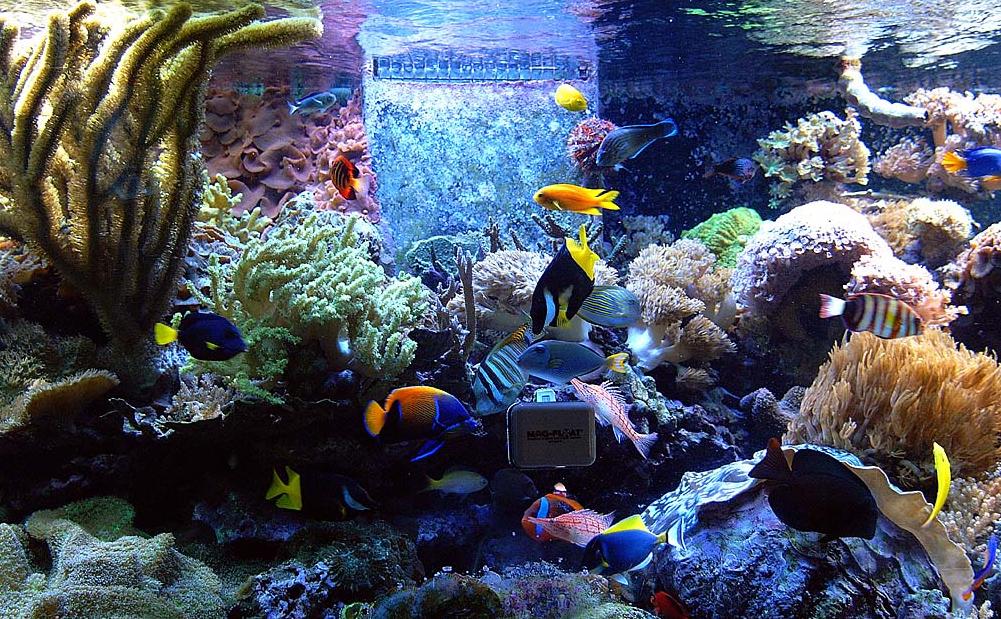Setting up an aquarium for either domestic or ornamental business purposes can be both exciting and rewarding. There’s really nothing in the world that can bring that special touch of tranquillity to any interior living space quite like an elegant tank and its happy inhabitants. From ultra-modern offices to the quaintest of country cottages, there’s nowhere a quality aquarium doesn’t look right at home.
However, while fish may be brought into the home or the office as something of an ornamental or decorative touch, it’s important to understand and accept that they are in fact highly sensitive living creatures. This is where so many newcomers to aquarium-keeping go wrong as they assume it’s a simple case of filling a tank with water, throwing in a few fish and leaving them to their own devices.
Sadly, this is a guaranteed recipe for sick, lifeless and ultimately dead fish.
Setting up an aquarium doesn’t need to be a tricky task, but it does mean following a few very important dos and don’ts. And in the case of the latter, the following examples represent the most common and costly mistakes of all that almost always prove fatal:
1 – Rushing Into Anything
First and foremost, the biggest mistake of all is that of rushing into absolutely anything without first seeking advice and knowing the basics at least. As a first-timer, you might not know the merits of the different air pumps, grave filters and aquarium chillers on the market – you might not even know you need these kinds of products. The importance of taking things slowly cannot be overstated as to make a single mistake with regard to hardware could leave you with nothing more than a tank of dead fish, a huge bill and a pretty nagging sense of guilt to boot.
2 – Untreated Water
Next up, it’s been pretty common knowledge for decades now that fish really can’t survive for long at all in the water that comes straight from our taps. The reason is that tap water is loaded with all manner of bits and pieces that are designed to make it good for human beings – fish on the other hand will face a slow and painful death if plopped straight into tap water. For this reason, special treatments must be added and left to do their work for as long as the instructions specify. By removing the chlorine and other harmful elements, the water is made safe and only then can the fish be added.
3 – Inappropriate Temperatures
When it comes to the temperature of the water, there are two very important things to bear in mind. First of all, fish are extremely sensitive to water temperatures and in many cases, a very slight variation is enough to kill them. Secondly, the damage inflicted by sudden temperature changes can be catastrophic to fish. Because of these facts, it’s important to not only make sure that the tank’s temperature is absolutely perfect with a quality heater/chiller and thermometer but also to avoid transferring any fish from cooler to warmer water or the other way around when purchasing them. Instead, float the bag they’re shipped in on top of the tank’s water for an hour to level the temperatures off.
4 – Poor Positioning
Moving a huge fish tank once it is up and running is somewhere between tricky and impossible. But at the same time, placing the tank near a radiator, a drafty window or anywhere else susceptible to sudden changes in temperature can put every fish and plant in the tank in grave danger. As such, it’s crucial to think carefully about the positioning of the tank prior to going about its installation and don’t settle on a location you aren’t 100% confident in.
5 – Resident Compatibility
Last but not least, fish should never be chosen solely in accordance with how pretty they are, the special offer they’re on or anything else of such a nature. Like all animals, some fish can live together happily and others will set about killing every last creature that resides within the tank. These warnings are always presented pretty clearly and are not just put there for the sake of it. It takes just a single oversight or a case of “I know best” to see the whole tank wiped of life and you end up stuck with a single fish in a huge tank that’s now out of bounds for any other fish at all. Always seek advice on fish compatibility and, if necessary, keep a list of the fish species you already have and take it along when planning to add new residents.

